10 Female Authors Who Changed Lives With One Book
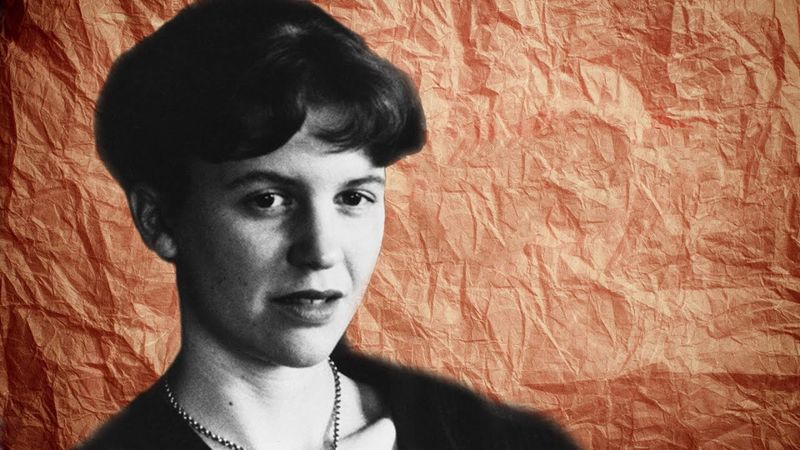
Books have the power to transform our thinking and shape society. Some authors create a lasting impact with just a single powerful work. Female writers, in particular, have used literature to challenge norms, spark important conversations, and give voice to untold stories. These ten remarkable women forever changed the literary landscape and countless lives through one unforgettable book.
1. Harper Lee’s Moral Compass
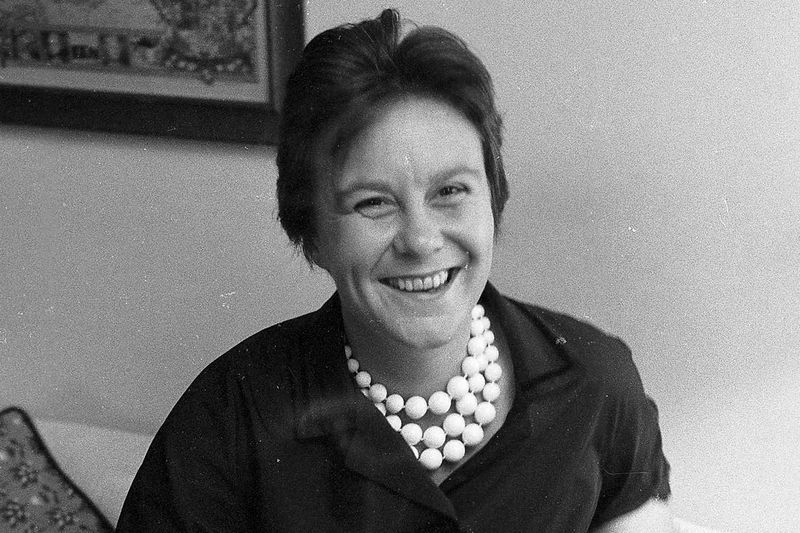
Published in 1960, To Kill a Mockingbird arrived like a thunderclap during America’s civil rights movement. Through the innocent eyes of Scout Finch, readers confronted racial injustice in a small Alabama town with unflinching honesty.
The character of Atticus Finch became a moral touchstone for generations of readers, lawyers, and activists. Schools across America made it required reading, sparking difficult but necessary conversations about prejudice and courage.
Though Lee retreated from public life and published nothing else for decades, her single novel sold over 40 million copies worldwide. When a second novel appeared posthumously in 2015, it only highlighted how deeply her first book had already changed American consciousness.
2. Margaret Mitchell’s Epic Vision
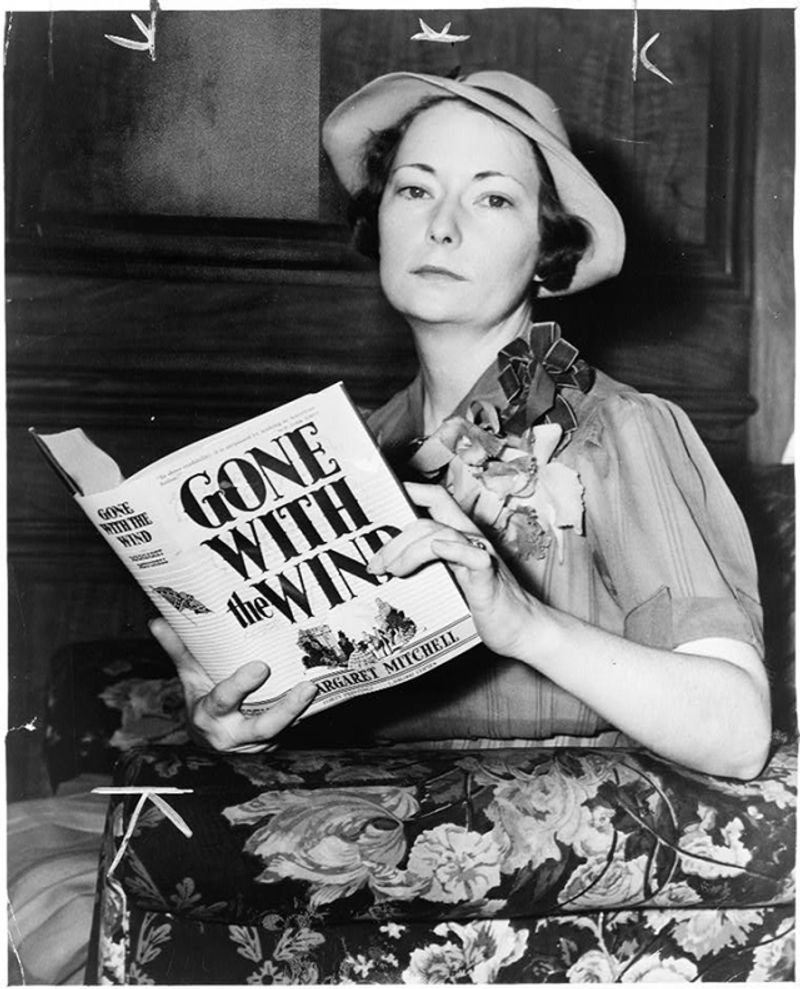
The story behind Gone with the Wind reads like a novel itself. Mitchell, a former journalist, wrote her only book while recovering from an ankle injury, drawing on family stories of Civil War Atlanta.
Published in 1936 during the Great Depression, this sweeping saga of survival offered Americans a heroine who faced catastrophe with fierce determination. Scarlett O’Hara’s memorable declaration, “I’ll never be hungry again,” resonated with readers struggling through economic hardship.
The novel won the Pulitzer Prize and spawned one of history’s most successful films. Though Mitchell never published another book before her tragic death in a car accident, her single work remains the second best-selling American novel of all time.
3. Emily Brontë’s Gothic Masterpiece
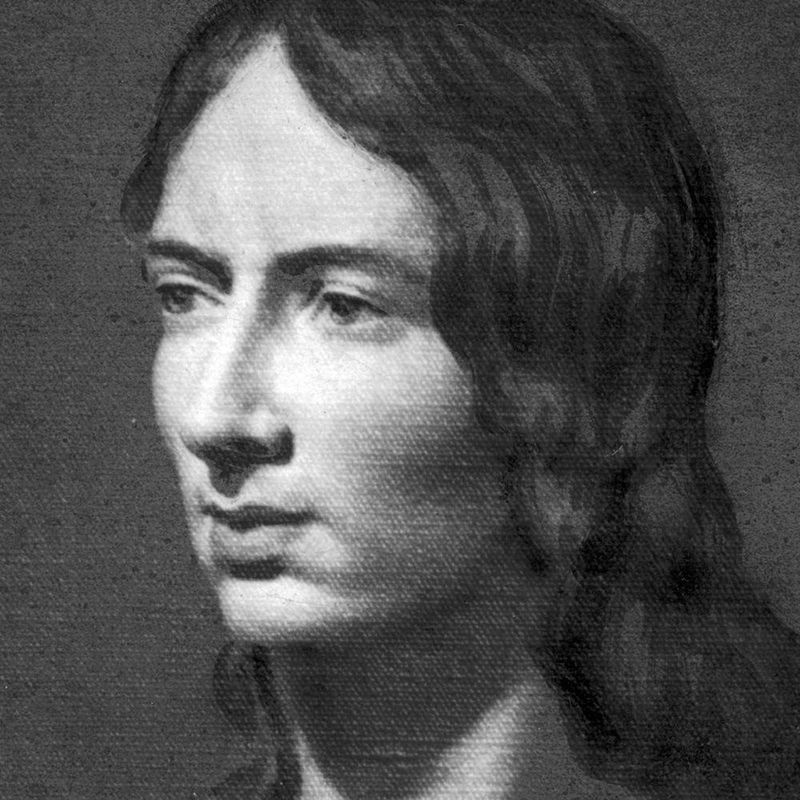
From the windswept Yorkshire moors came a story so raw and passionate it shocked Victorian readers. Emily Brontë’s Wuthering Heights, published in 1847, defied literary conventions with its complex structure and morally ambiguous characters.
Heathcliff and Catherine’s destructive relationship broke from romantic traditions, exploring obsession, revenge, and the wild forces of nature. Critics initially condemned its darkness, calling it “savage” and “animal-like” – precisely the qualities that made it revolutionary.
Brontë died just one year after publication, never knowing her only novel would become a cornerstone of English literature. Her unflinching portrayal of human passion inspired countless writers to explore psychological depths previously considered unsuitable for fiction.
4. Sylvia Plath’s Shattering Honesty
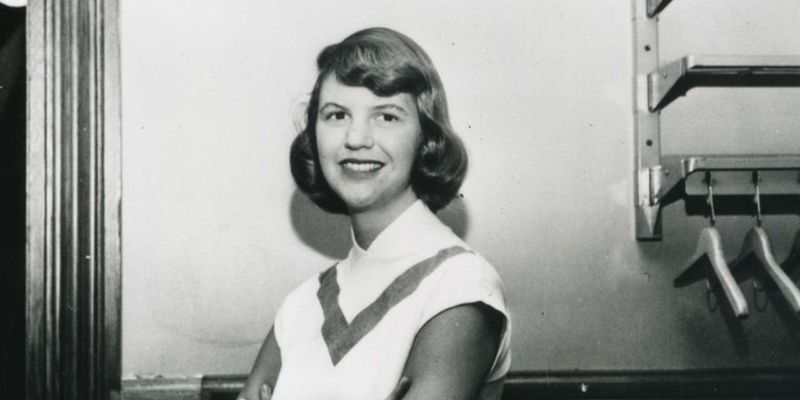
When The Bell Jar appeared in 1963, mental illness remained whispered about, not openly discussed. Plath’s semi-autobiographical novel changed that forever, chronicling brilliant college student Esther Greenwood’s descent into depression with startling clarity.
Originally published under a pseudonym, the novel gained cult status after Plath’s suicide just one month after its UK release. Young women especially found their own struggles reflected in Esther’s battle against suffocating 1950s gender expectations.
Though Plath was already an acclaimed poet, this single novel became her most accessible legacy. Its unflinching portrayal of mental health struggles continues to validate readers’ experiences and challenge stigma, making it required reading in women’s studies programs worldwide.
5. Alice Sebold’s Healing Narrative
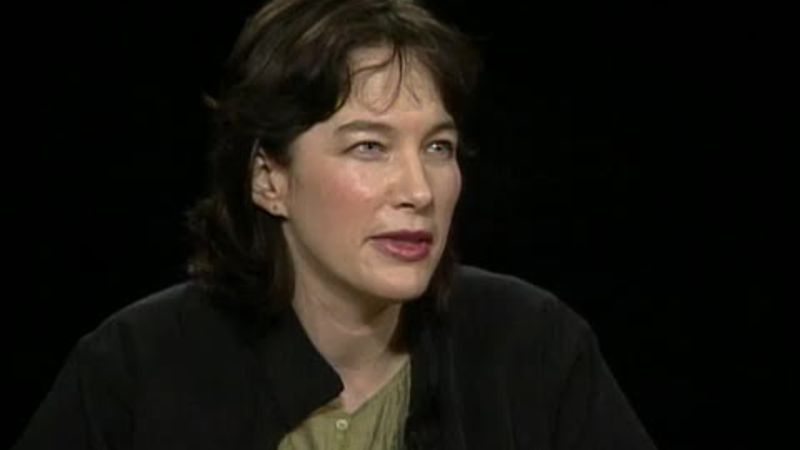
“My name was Salmon, like the fish; first name, Susie.” With this unforgettable opening line, Alice Sebold’s The Lovely Bones (2002) reimagined how we process grief through an unconventional narrator – a murdered 14-year-old girl watching her family from the afterlife.
Sebold transformed her own experience as a sexual assault survivor into a story that somehow balanced darkness with hope. The novel spent over 100 weeks on bestseller lists, connecting with readers navigating their own losses.
Book clubs across America discussed its unique perspective on healing and justice. While Sebold wrote other works, none matched the cultural phenomenon of this debut that gave voice to victims and redefined how literature approaches trauma.
6. Kathryn Stockett’s Civil Rights Revelation
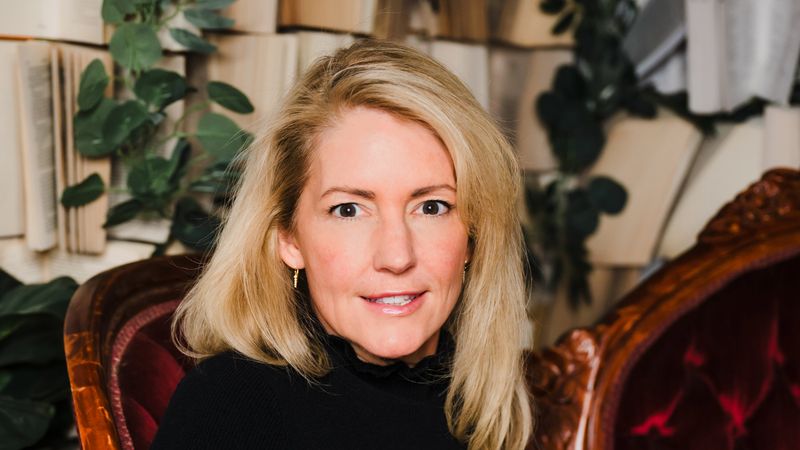
Rejected by 60 literary agents before finding a publisher, The Help demonstrates the power of persistence. Stockett’s 2009 debut novel transported readers to 1960s Mississippi, revealing the complex relationships between white families and their Black maids.
The story of Aibileen, Minny, and Skeeter crossing racial boundaries to tell forbidden truths sparked uncomfortable but necessary conversations about America’s segregated past. Book clubs and church groups used it to discuss lingering racial inequities in their own communities.
Though criticized for a white author portraying Black experiences, the novel’s film adaptation amplified its impact. Stockett hasn’t published another book, yet her single novel continues encouraging readers to examine privilege and listen to marginalized voices.
7. Chimamanda Ngozi Adichie’s Feminist Manifesto
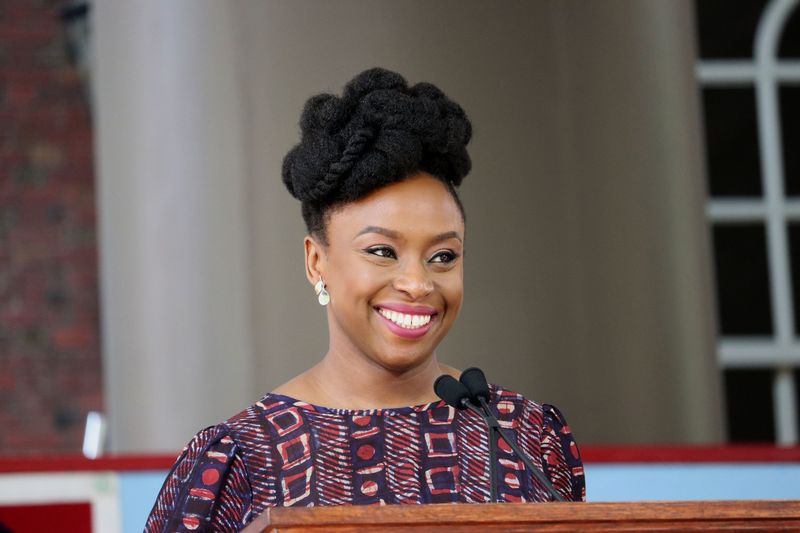
Sometimes the smallest books make the biggest impact. At just 64 pages, Adichie’s We Should All Be Feminists expanded from her viral TED Talk into a pocket-sized revolution that redefined feminism for a new generation.
Weaving personal anecdotes with sharp cultural analysis, Adichie made feminist principles accessible and relatable. Her straightforward assertion that feminism simply means believing in “the social, political, and economic equality of the sexes” resonated globally.
Beyoncé sampled it in her music. Sweden distributed copies to every 16-year-old student nationwide. Though Adichie has written acclaimed novels, this slim volume reached millions who might never have picked up literary fiction, creating a cultural touchpoint that transcended traditional publishing categories.
8. Marina Nemat’s Prison Testimony
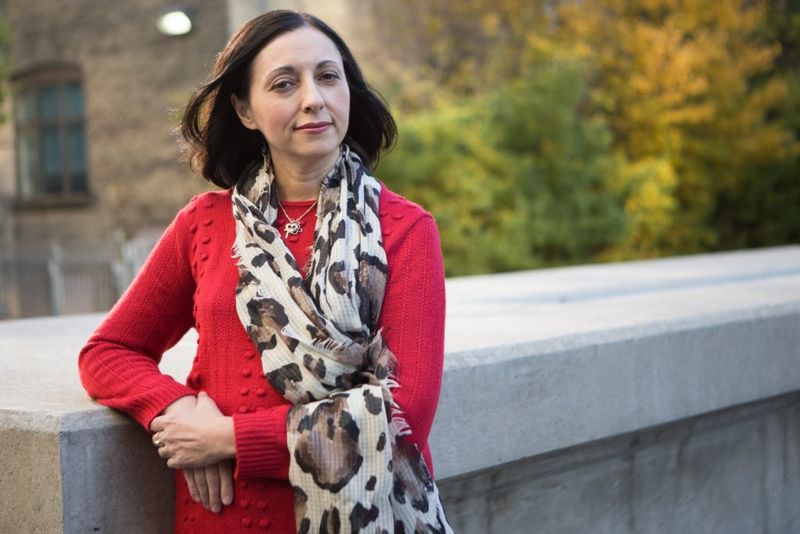
Arrested at 16 for political dissent in revolutionary Iran, Marina Nemat survived torture and imprisonment to share her story decades later. Her 2007 memoir Prisoner of Tehran broke silence around human rights abuses in Iran’s notorious Evin Prison.
Written in exile in Canada, Nemat’s account revealed the particular vulnerabilities of female political prisoners. Her harrowing description of forced marriage to a prison guard to avoid execution illuminated the specific ways women’s bodies become battlegrounds in political conflicts.
The memoir became required reading in human rights courses and was translated into 28 languages. Though Nemat has written follow-up works, this first testimony remains her most powerful contribution, giving voice to thousands of disappeared women whose stories might otherwise remain untold.
9. Judy Blume’s Puberty Revolution
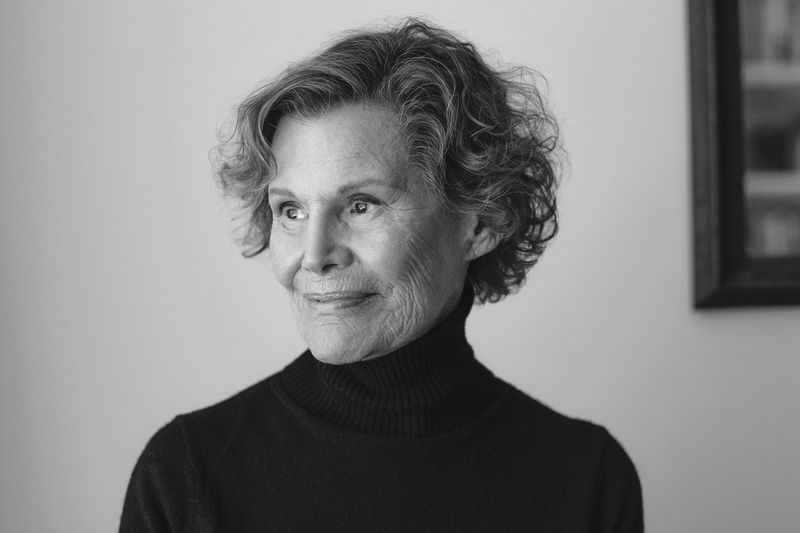
Before Are You There God? It’s Me, Margaret, girls navigated puberty in uncomfortable silence. Judy Blume’s 1970 novel changed everything by addressing menstruation, developing bodies, and spiritual questioning with unprecedented honesty.
The story of 11-year-old Margaret buying her first bra and anxiously awaiting her period validated millions of girls’ experiences. Parents might have whispered about these topics, but Blume spoke directly to young readers, assuring them their changes were normal.
Frequently banned yet fiercely defended, the novel created space for frank discussions about growing up female. Though Blume wrote dozens of books, this particular title transformed how we talk to children about their bodies, making it a milestone in both children’s literature and health education.
10. Monica Ali’s Immigrant Narrative
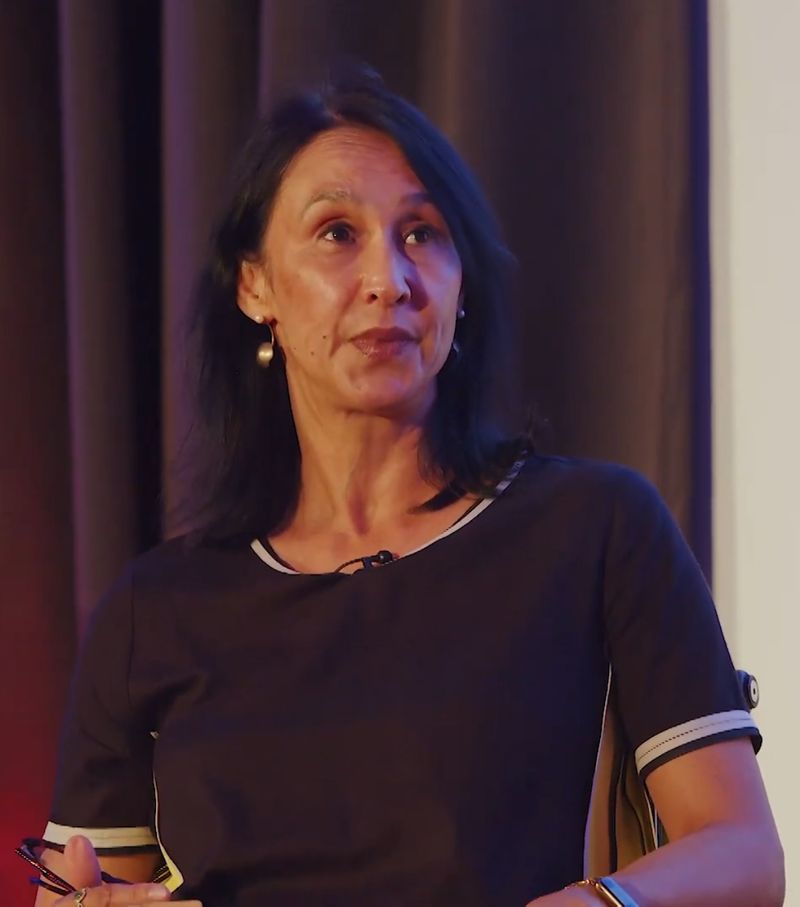
When Brick Lane appeared in 2003, it thrust readers into the rarely-explored world of Bangladeshi immigrants in London. Through the eyes of Nazneen, who arrives as a teenage bride in an arranged marriage, readers witnessed a woman’s quiet awakening to her own agency.
The novel sparked protests from some in the Bangladeshi community who felt misrepresented, demonstrating literature’s power to disturb as well as enlighten. Shortlisted for the Booker Prize, Ali’s debut became required reading in immigration studies and multicultural literature courses.
The 2007 film adaptation further cemented its cultural significance. While Ali has published other novels, none has matched the boundary-breaking impact of this first work that opened Western eyes to the complex identities of Muslim immigrant women.

Comments
Loading…